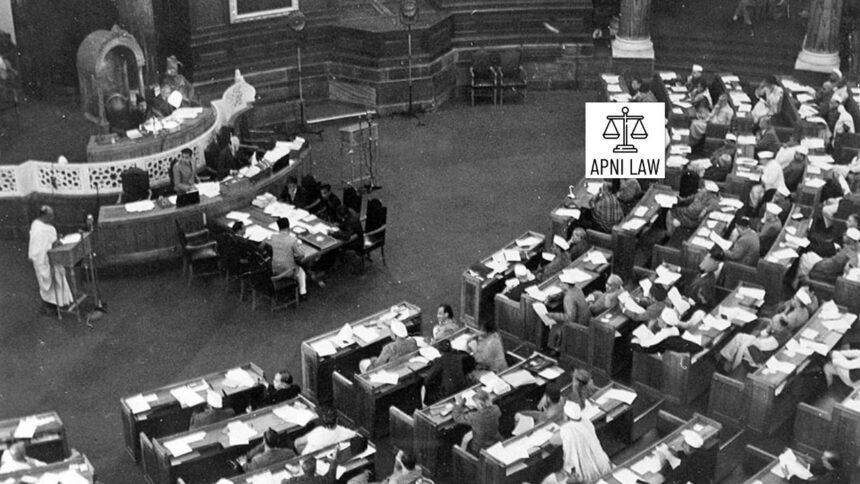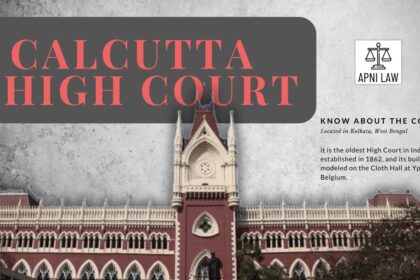Introduction
India’s Constitution borrowed the parliamentary system of government from the British Westminster model. The borrowing was not by chance because its framers believed it would best suit India’s diversity and democratic spirit. As against the presidential system, where all the powers are vested in an individual, the parliamentary system shares responsibility between the legislature and the executive and hence makes the government accountable and inclusive.
India was no stranger to this model. The colonial powers had already implemented legislatures, and Indian politicians already knew parliamentary procedures. Post-independence, the designers chose this model for the same reasons it promoted debate, discussion, and consensus in such a country as India. What is a parliamentary system, then? Why did India choose to employ it, and how does it function now? Let’s find out in detail.
What is Parliamentary Form of Government?
The Indian system of parliament is a system of collective responsibility and a close relation between the legislature and the executive. The system shifts actual executive power to the Council of Ministers under the leadership of the Prime Minister, which is answerable to the legislature. The President is the constitutional head of the state but is a figurehead. The whole executive decisions are decided by the Cabinet and the Prime Minister.
The parliament has control over the working of the executive through processes like question hour, motion of no-confidence, and parliamentary committees. It keeps the government accountable to the people’s representatives. The parliamentary system practically enforces democracy as it makes the executive accountable to the parliament and, therefore, to the people.
Key Features of the Parliamentary System in India
It is marked by a dual executive in which the nominal head (the President) and the effective head (the Prime Minister) operate alongside each other. The President appoints nominally the Prime Minister and the Council of Ministers but, in reality, governs and exercises real power.
The doctrine of collective responsibility is that the Council of Ministers functions collectively and collectively rises or falls. When the Lok Sabha votes a vote of no-confidence, the whole Council of Ministers resigns. This holds the executive answerable to the legislature.
The second significant characteristic is the leadership position of the Prime Minister. Being the head of the majority party in the Lok Sabha, the Prime Minister makes policies and coordinates the Cabinet.
Dissolution of Lok Sabha is also a characteristic of this system. As soon as the government loses the confidence of the house, the President may dissolve the Lok Sabha and call for fresh elections so that the people are always the masters.
Why India Chose the Parliamentary System
The framers of the Constitution selected this system after careful consideration. A presidential system with one person exercising all authority was not found to be appropriate for as plural a society as India. The parliamentary system, however, provides the opportunity to debate, negotiate, and compromise that a plural society requires.
It was also shaped by historical experience. India had provincial assemblies and legislative councils that operated on parliamentary lines during the British period. Indian politicians were well-versed with their operation and felt that the practice could be transferred to Indian conditions.
Accountability was a factor too. In a parliamentary system, the executive always remains accountable to the legislature. This prevents abuse of power and ensures transparency of administration.
Relevance and Operation Today
In practice, the Indian parliamentary system works by imposing a clear distinction between the nominal and effective executive. The President does so on the advice of the Council of Ministers, and hence the Prime Minister is the focal point of governance. The system imposes democratic norms by ensuring that the rulers are directly responsible before elected representatives.
But, trouble persists. Coalition Governments are unstable. Coupled with this is the increasing dominance of the Prime Minister at the expense of the Cabinet, reducing the ethos of collective decision-making. Excess in the practice of frequent adjournment of Parliament also takes its toll on efficiency. But for its troubles, the system has worked and continues to be the backbone of Indian democracy.
Case Example
The 1999 no-confidence vote against the Vajpayee government is an excellent example of parliamentary accountability. The government lost by a single vote, indicating that the executive is always required to have the confidence of the Lok Sabha to continue to stay in power. This experience reflects the mood of the parliamentary system.
FAQs
What is a parliamentary government in simple words?
I t is a system where the government is accountable to Parliament, whereas the effective executive power lies with the Prime Minister and the Council of Ministers.
How is it different from a presidential system?
In a presidential system, the President serves as both head of state and government, and power is concentrated in one office. In the parliamentary system, the Prime Minister is head of government but accountable to Parliament.
Who is India’s real executive?
The real executive is the Council of Ministers and the Prime Minister, while the President is ceremonial.
Why was parliamentary system introduced in India?
It was adopted because it encourages accountability, is adaptable to India’s diversity, and permits collective decision-making.
Is the Prime Minister dismissible?
Yes, if the Lok Sabha votes against a no-confidence motion, the Prime Minister and Council of Ministers have to resign.
Conclusion
India’s parliamentary system of government is the democratic ethos of the Constitution. It makes certain that accountability, representation, and collective responsibility are maintained, power is placed in check, and made responsible towards the people. In spite of its drawbacks such as political instability and disruptions, it is still the most suitable form of government for India’s pluralistic society. With its balance of responsibility and power, the parliamentary system still maintains the essence of democracy and good governance.
For any specific query call at +91 – 8569843472








